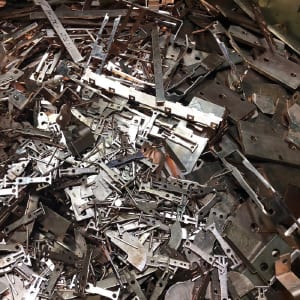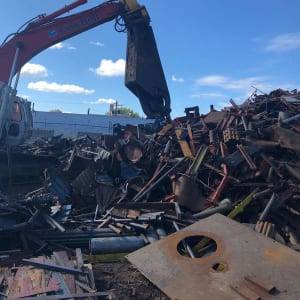Bushellings Steel Scrap
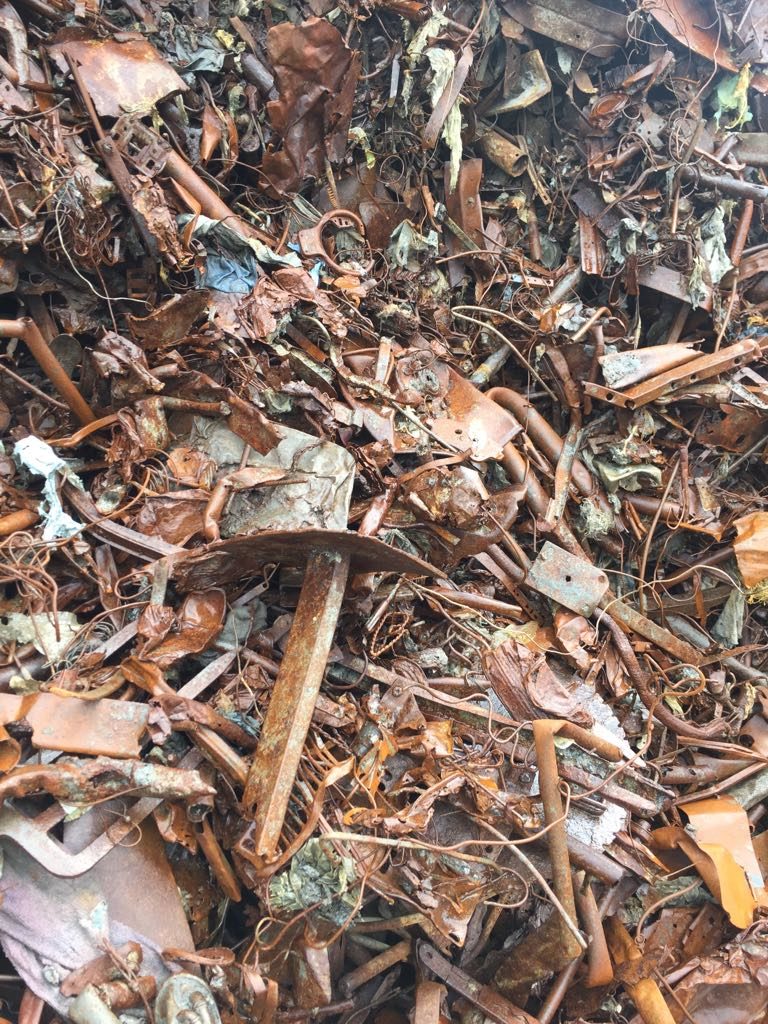
Busheling steel scrap, often referred to as bushelings, is a specific type of steel scrap that consists of clean, new production scrap generated during steel manufacturing and fabrication processes. It is typically derived from stamping operations, such as automotive manufacturing, where excess steel sheet or coil is cut into smaller pieces or “blanks” for further forming and assembly.
Shredded Steel Scrap
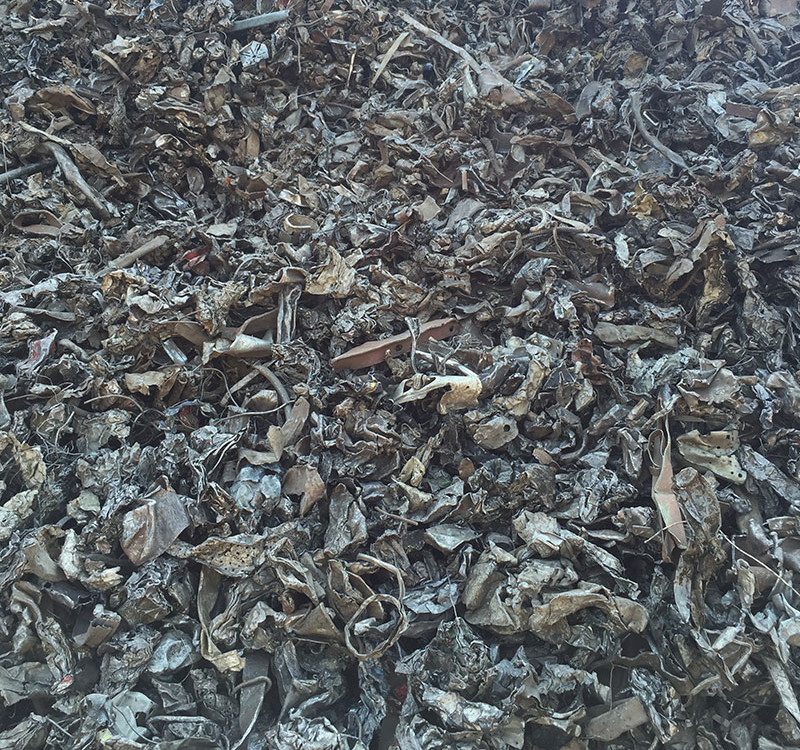
Shredded steel scrap, also known as shredder scrap or frag, is a type of steel scrap that has been processed through a shredding machine to break it down into smaller, more manageable pieces. It is a common form of steel scrap used in recycling and metal recovery processes. Shredded steel scrap typically comes from a variety of sources, including end-of-life vehicles (ELVs), appliances, demolished structures, and industrial machinery. These sources can contain different types of steel, such as carbon steel, stainless steel, or alloy steel.
Bushellings Steel Scrap
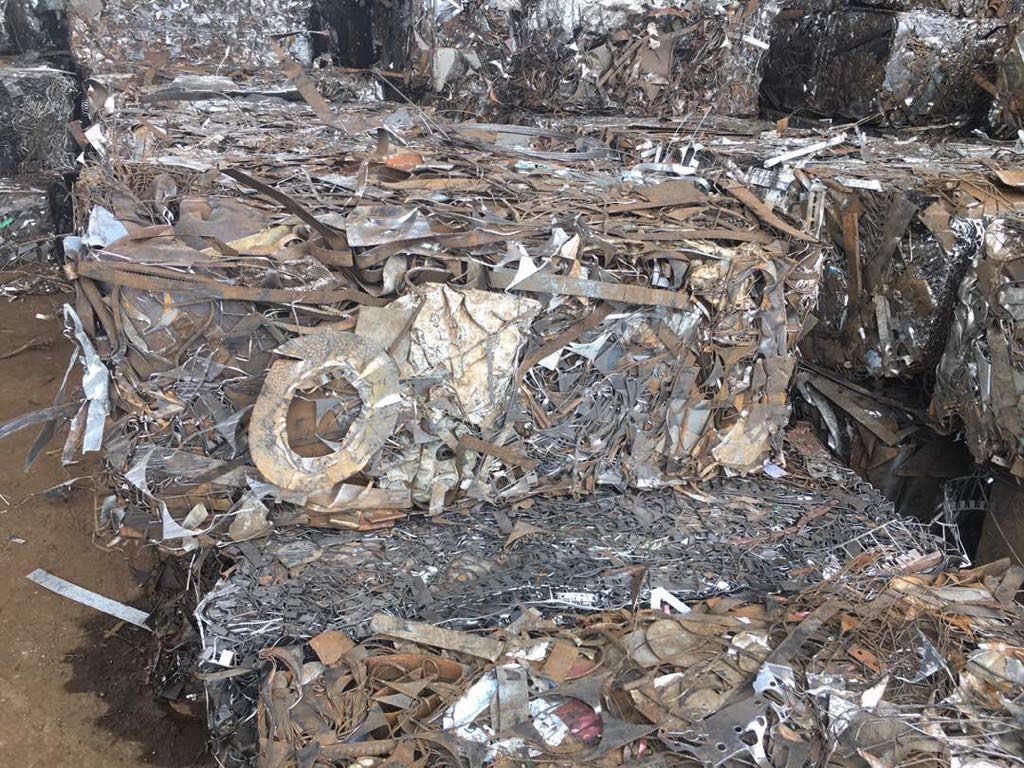
Busheling steel scrap, often referred to as bushelings, is a specific type of steel scrap that consists of clean, new production scrap generated during steel manufacturing and fabrication processes. It is typically derived from stamping operations, such as automotive manufacturing, where excess steel sheet or coil is cut into smaller pieces or “blanks” for further forming and assembly.
Used Rails
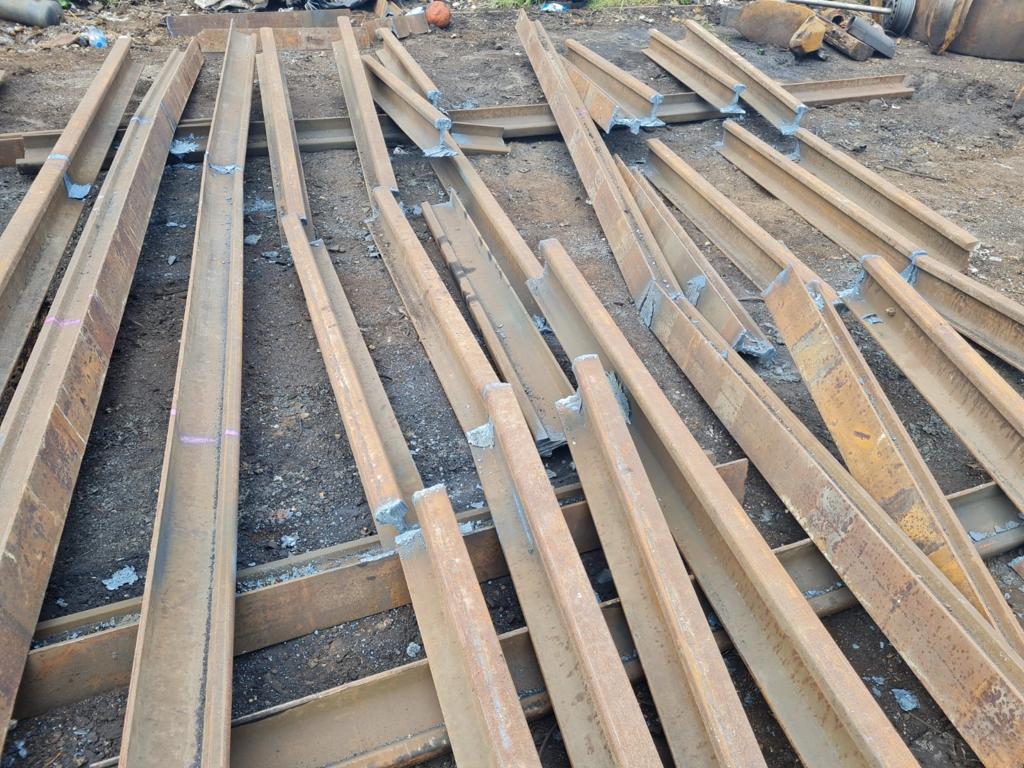
Used rails scrap refers to discarded or decommissioned railway tracks or rails that are no longer in use. These rails are made of steel and are a valuable source of scrap metal for recycling purposes.
Mild Steel Turnings
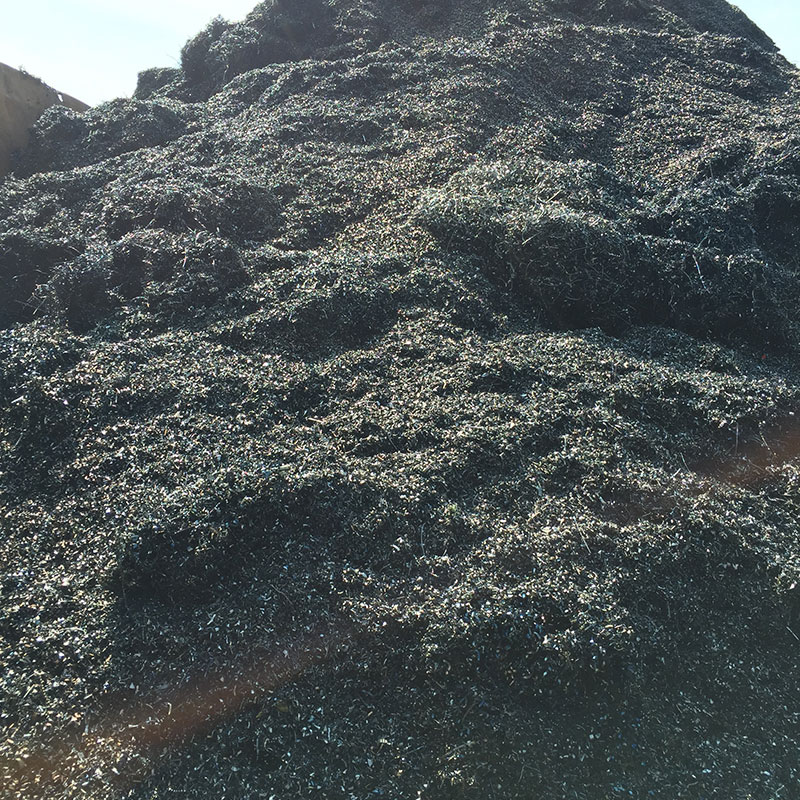
Steel turnings, also known as steel swarf or metal shavings, are the small metal pieces or chips that result from machining or turning operations on steel components. They are produced during various metalworking processes, particularly those involving cutting, shaping, or drilling of steel.
Rerolling Plates
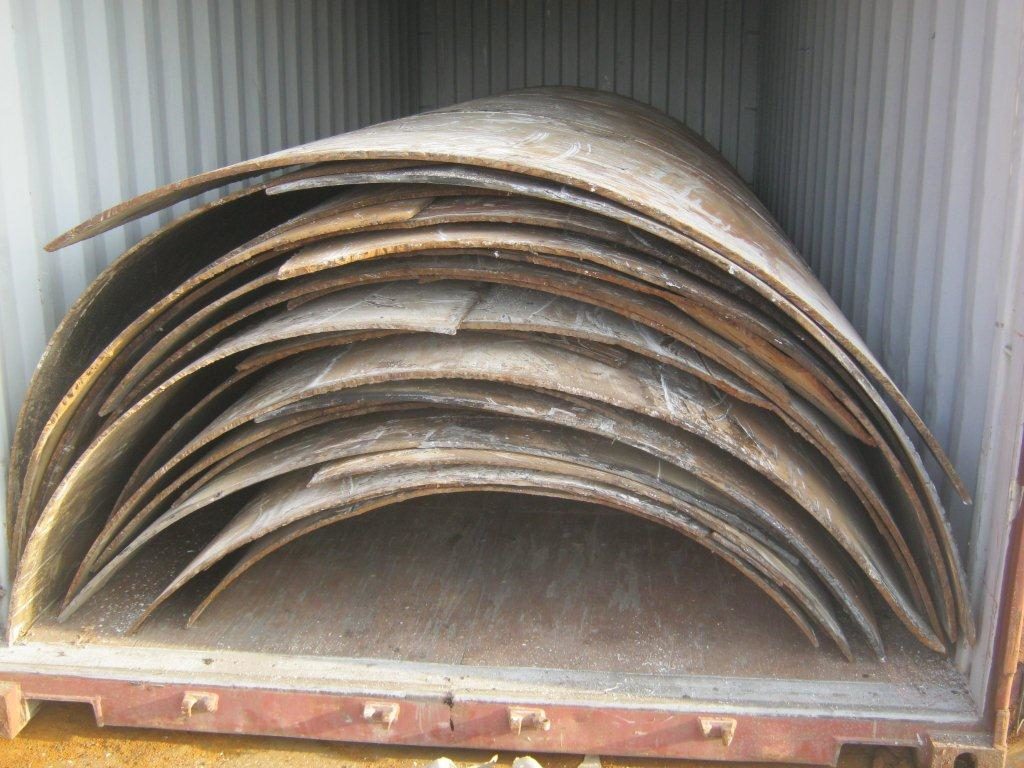
Steel plates can arise from various manufacturing processes and are used for a wide range of applications. Re-rolling plants may also have plate rolling capabilities, where steel plates are processed to achieve specific dimensions, shapes, or profiles. Plate rolling involves applying pressure to the plate to bend or curve it according to the desired specifications.
Steel Plates
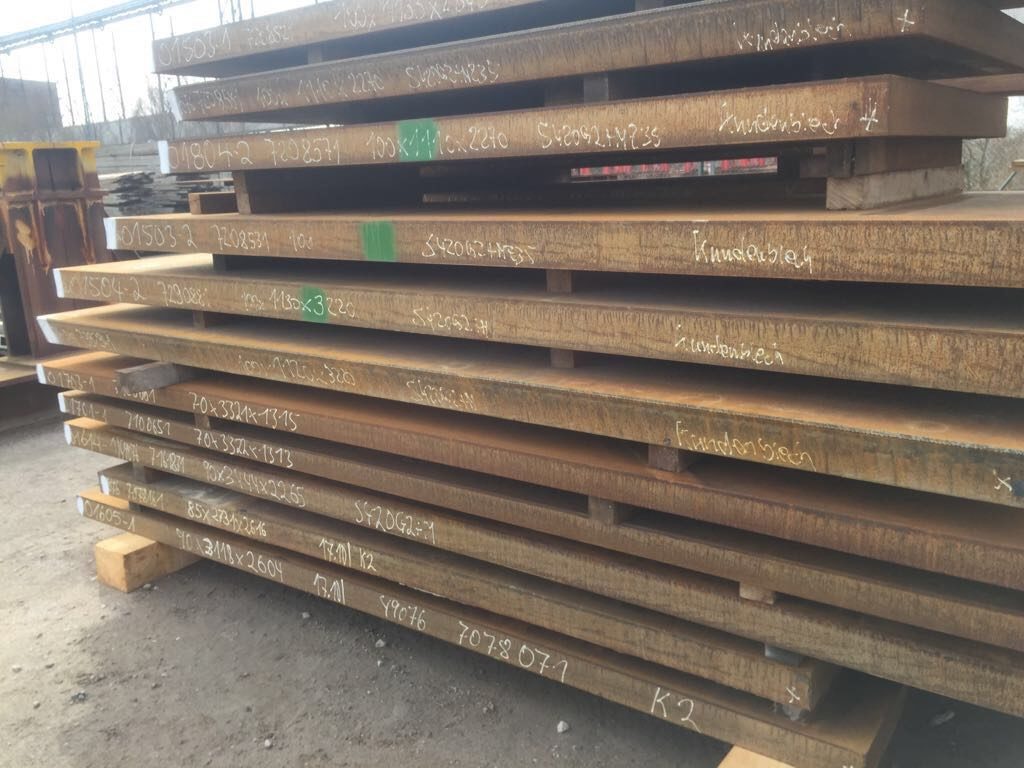
Steel plates can arise from various manufacturing processes and are used for a wide range of applications. Re-rolling plants may also have plate rolling capabilities, where steel plates are processed to achieve specific dimensions, shapes, or profiles. Plate rolling involves applying pressure to the plate to bend or curve it according to the desired specifications.
FERROUS SCRAP METAL RECYCLING
WHAT IS FERROUS METAL?
Ferrous metals are the most recycled material. The easiest way to tell if a metal is ferrous is to see if it’s magnetic. If it is magnetic, then it’s ferrous.
Any alloy or metal that contains a meaningful amount of iron is considered ferrous. Ferrous metals are traditionally used because of their material strength. Thus, ferrous metals are used extensively in the manufacturing industry as well as for structures, such as bridges and skyscrapers.
Despite their many attractive properties, ferrous metals are vulnerable to rust and corrosion. In most cases, ferrous metals that are rusted or corroded can still be recycled.
Common ferrous metals include carbon steel, steel, and cast iron. Although, as you can see in the ferrous metals list below, the category includes a wide array of metals.
FERROUS METALS LIST:
|
|
